
How to Use Customer Feedback to Improve Your Marketing Strategy (With Examples & Tools)
In the ever-evolving landscape of business, staying in tune with your customers' needs, preferences, and experiences is key to the success of any marketing strategy. One of the most effective ways to better understand your customers is to harness their feedback's power.
Customer feedback serves as a vital tool, not just for product development or customer service but also for enhancing and refining your marketing efforts. In this blog post, we'll delve into the importance of customer feedback and explore practical ways it can be leveraged to improve your marketing strategy, create more targeted campaigns, and, ultimately, drive growth.
So, whether you're a seasoned marketing professional or a small business owner looking to improve your marketing prowess, read on for insights that could substantially improve your marketing outcomes.
How to gather customer feedback for marketing purposes?
Customer feedback is vital for successful marketing, providing insights into customer needs, preferences, and experiences.
Here are some methods to collect different types of customer feedback specifically for marketing purposes:
1. Feedback Surveys: You can create feedback surveys and distribute them via email, social media, or directly on your website. They can be short and focused on a specific aspect of your product or more comprehensive to gauge overall customer satisfaction. Be sure to include open-ended feedback questions for qualitative feedback.
Taking long feedback surveys is a pain for customers, so be concise and ask only essential questions to get constructive feedback. Different customer satisfaction surveys include the NPS, CSAT, and CES.

2. Customer Feedback Pages: Creating a customer feedback page is crucial in gathering valuable information that can improve your products, services, and overall customer experience. This can enhance your marketing efforts and help you develop more targeted strategies.
Rapidr offers a dedicated customer feedback portal on your website where customers can leave feedback, upvote existing feedback, and interact with team members. You can also set status updates, create a public roadmap and close the feedback loop with release notes in one tool.
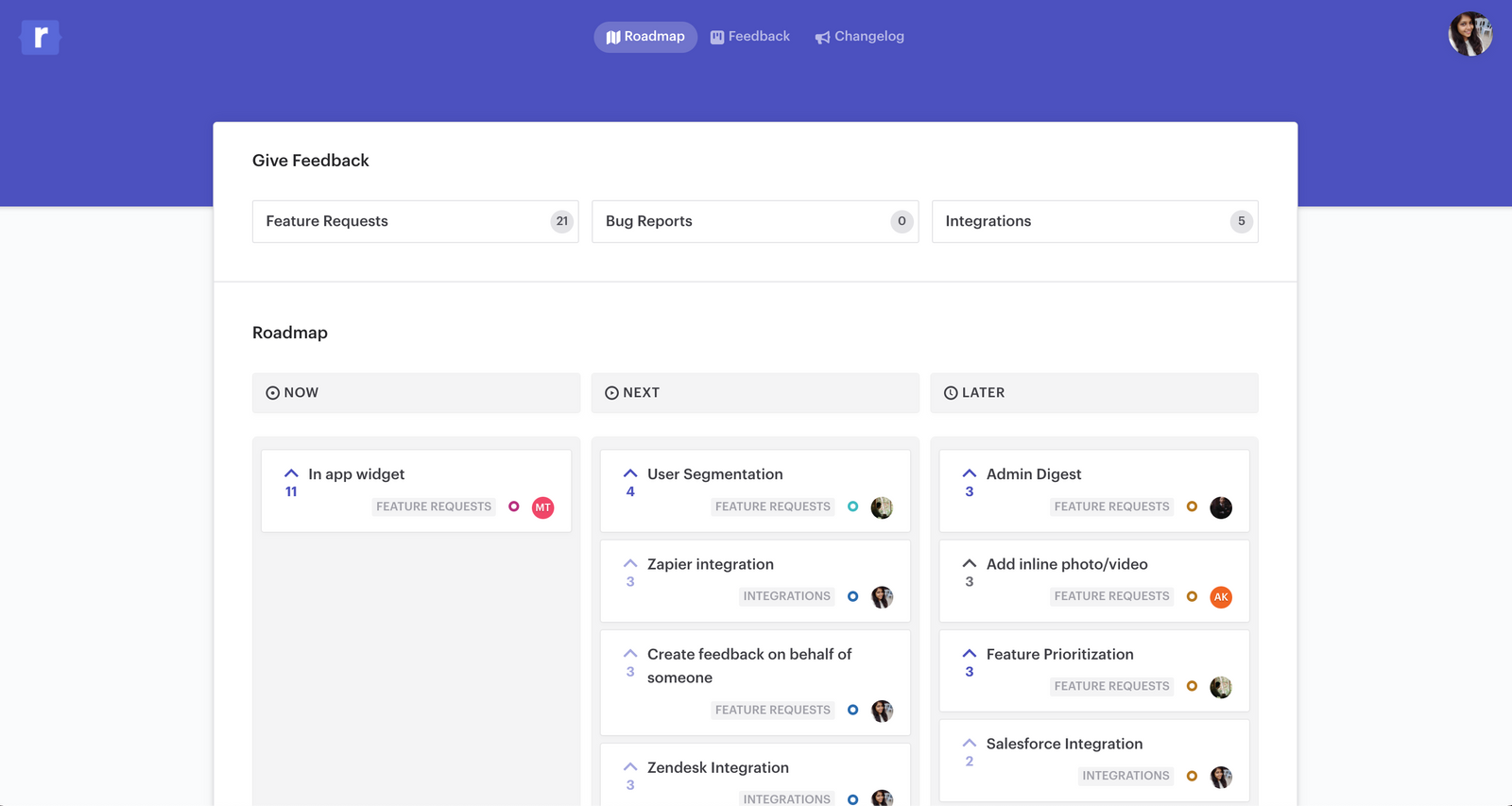
Collect different types of product feedback, such as ideas, feature requests, bug reports, and suggestions from your users from various sources, such as Slack channels, support tickets, in-app feedback, and customer-facing teams' feedback, all in one place with Rapidr.
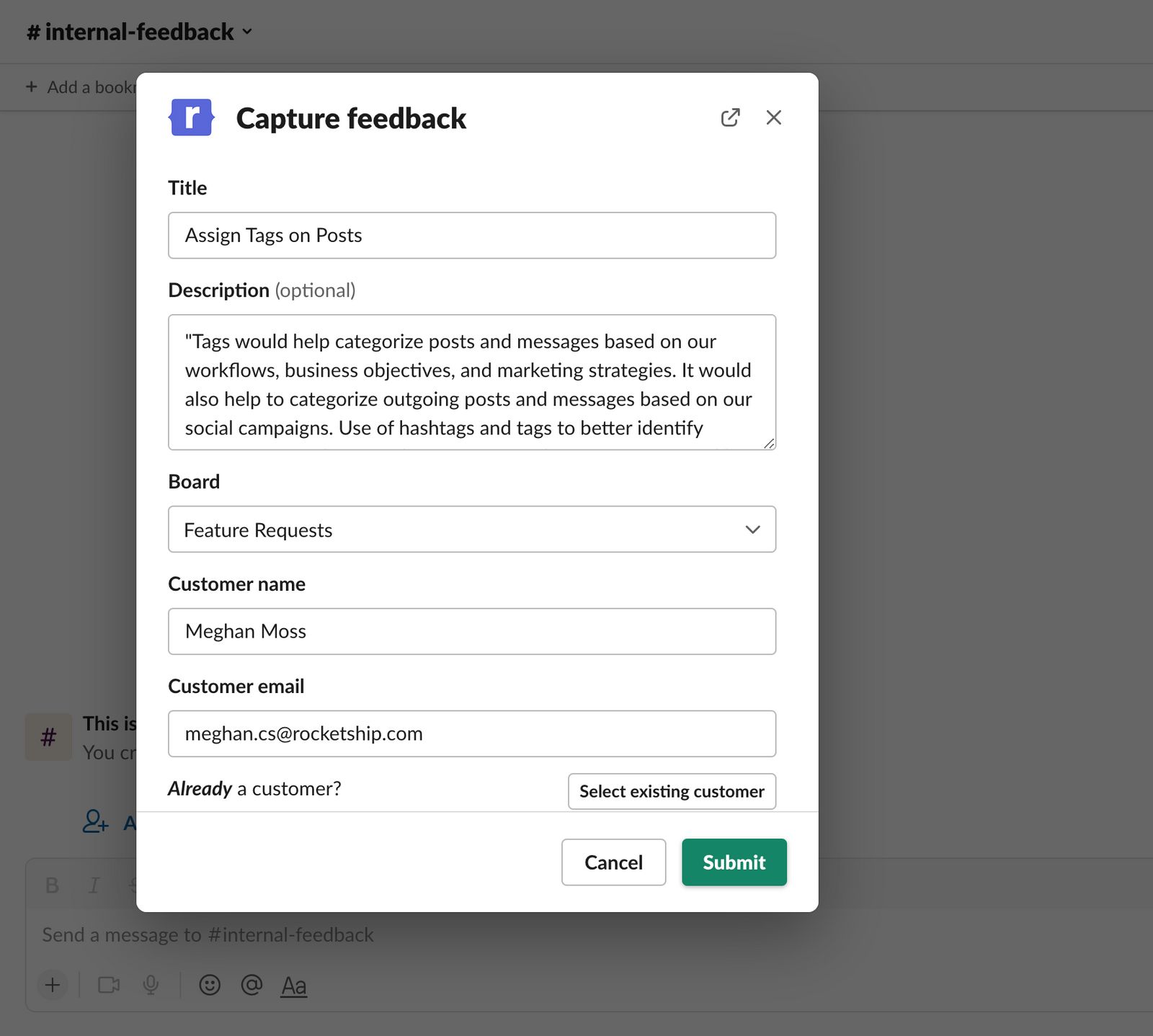
3. Customer Interviews: One-on-one user interviews with customers can provide in-depth feedback and allow you to explore topics in detail. These can be done in person, over the phone, or via video conferencing.
4. Feedback Forums: A community feedback forum on-site or in-app to allow customers to leave comments or suggestions at their convenience. It helps your company publicly address customer concerns, resolve them and respond to their feedback, increasing your customer experience and making the customer feel that their valuable feedback is heard.
Defikingdoms, a play-to-earn platform, has a feedback forum for its customers. This is created using Rapidr, a feedback tool. It is simple and sophisticated for both the end user and the forum crew because they have distinct tabs for feedback and feature requests.

5. Focus Groups: These are small, interactive groups of customers or potential customers who provide feedback in a discussion setting. They can provide deep insights into customer attitudes, perceptions, and desires related to your product or service.
6. Feedback Widgets: Feedback widgets offered by Rapidr are a subtle way to ask for feedback that doesn't interrupt the user experience but still helps you listen to the voice of the customer. In-app feedback widgets could always be present on the side of the page, and when a user clicks on it, a feedback form can pop up, to submit feedback right then and there.
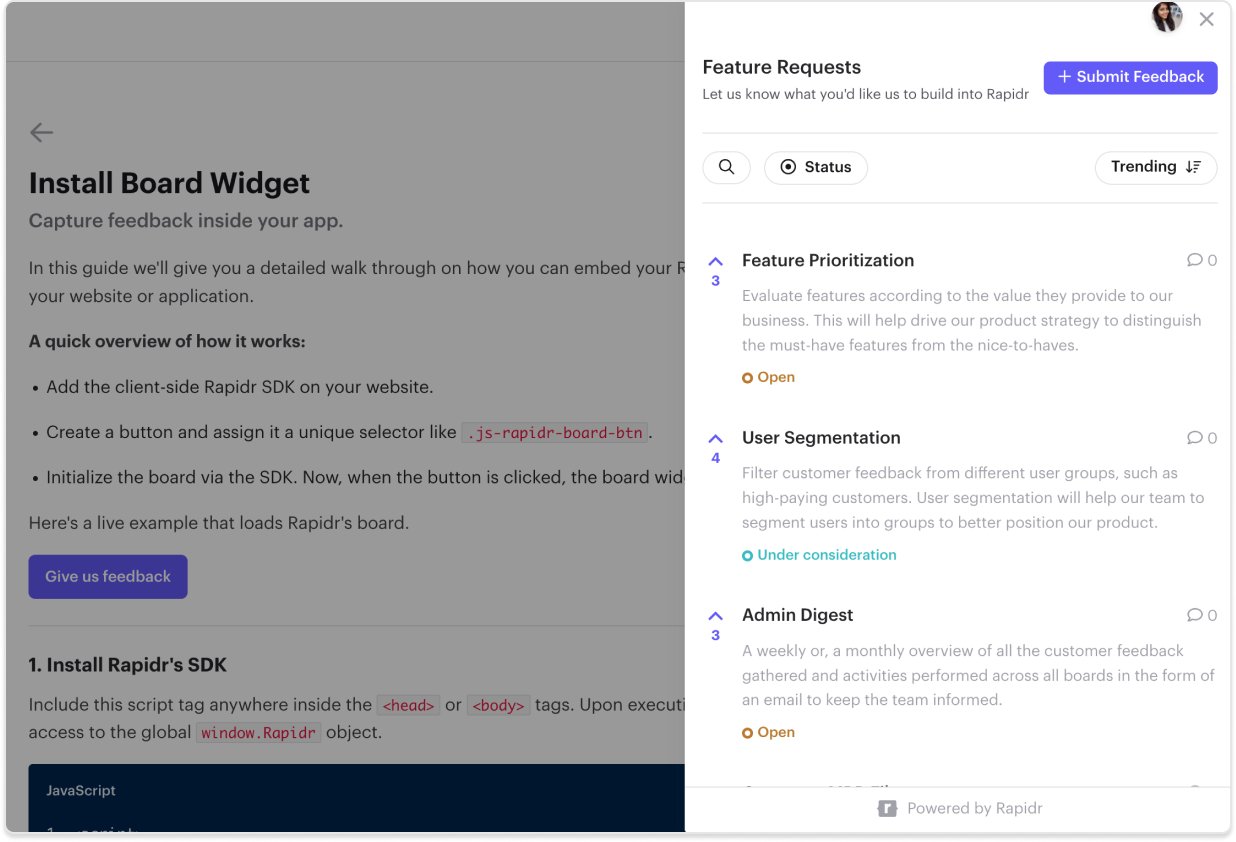
7. Online Reviews and Ratings: Customers often share their experiences and opinions on review platforms. Websites such as G2, Capterra, GetApp, etc., are used by customers to share their experience with the products and services they have purchased. These can provide direct feedback about what you're doing well and what needs improvement. Responding to these reviews, even negative feedback, can show you value customer feedback.
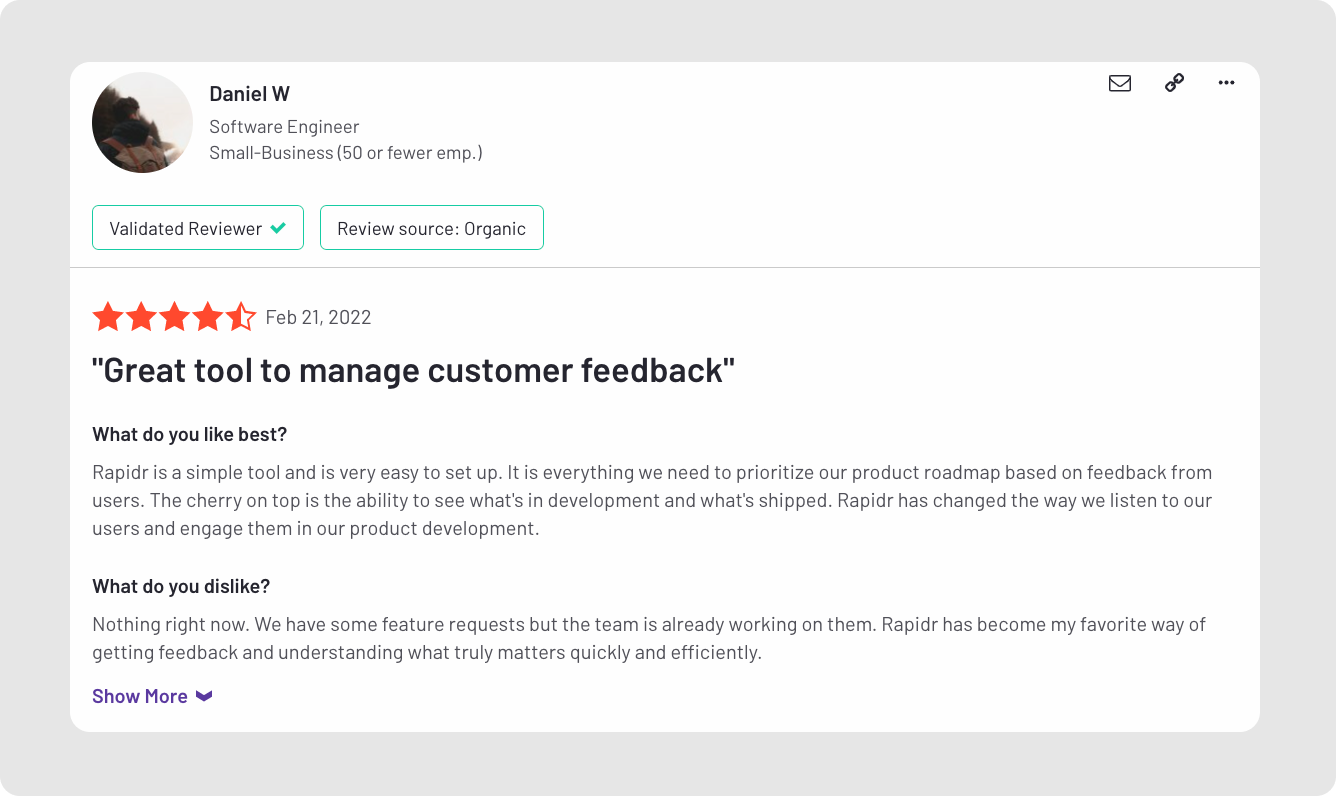
8. Usability Tests: If you're marketing a product, having customers use and beta test it while providing feedback can offer direct insights into its functionality, ease of use, and potential areas for improvement.
9. Social Media Platforms: Monitor your brand's channels to understand what customers say about your product or service. This includes comments on your posts, direct messages, mentions, and relevant hashtags.
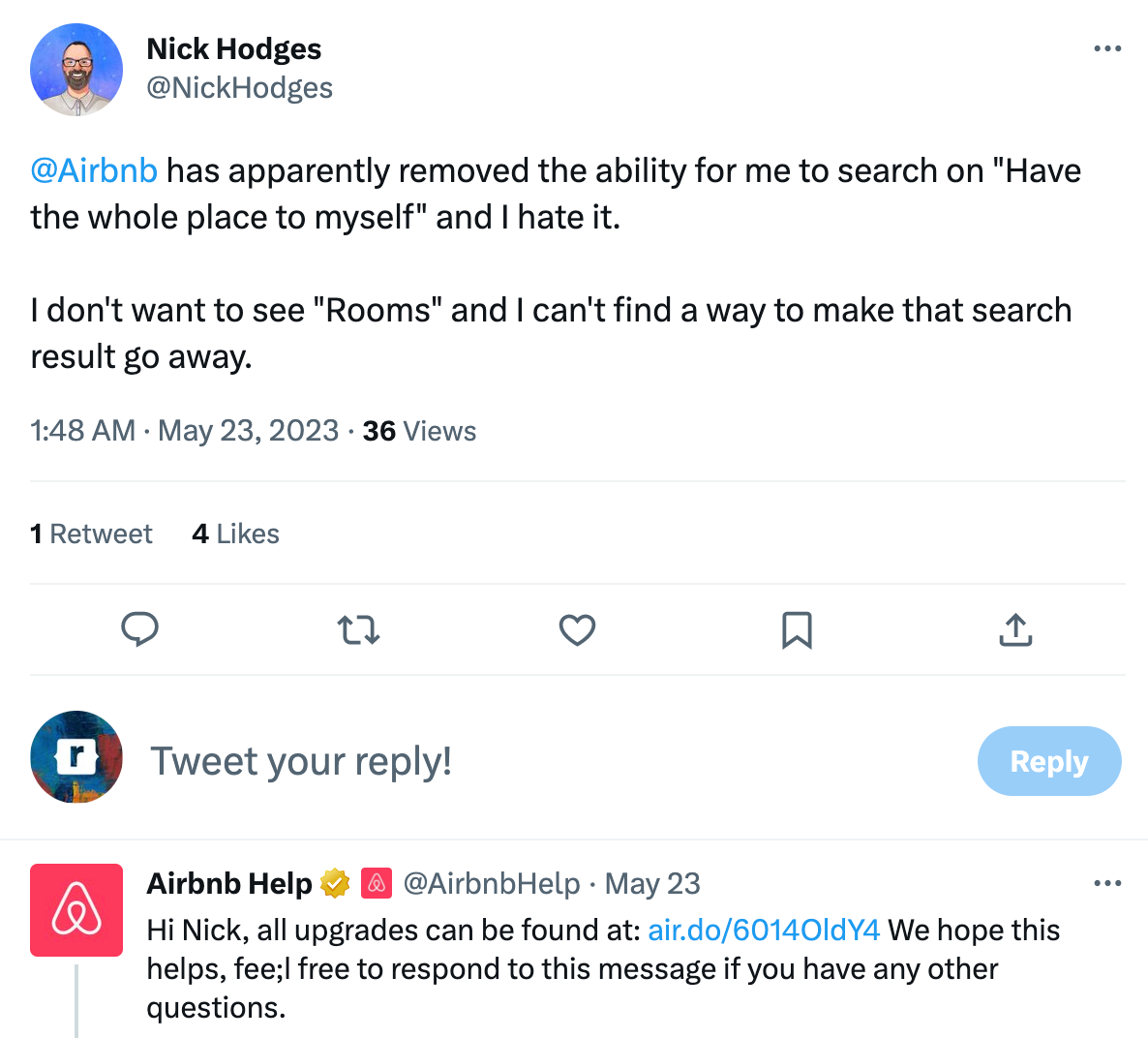
10. Net Promoter Score (NPS): NPS is a customer satisfaction metric that can is used to measure the loyalty of your customers and how likely customers are to recommend your business to others. It can provide insights into overall customer satisfaction and loyalty.
How can customer feedback improve your marketing strategy?
Customer feedback is a valuable resource that can significantly enhance your marketing strategy in various ways. Here are some reasons why:
Refine Your Target Audience & Prospects
Product feedback helps develop detailed buyer personas and sales prospects, semi-fictional representations of your ideal customers. These personas can be based on demographics, behavior patterns, motivations, and goals derived from customer feedback.
Feedback can provide deeper insights into your customers' demographics, preferences, and pain points, helping to refine your customer personas. This can lead to more targeted and effective marketing strategies.
Customer feedback can provide information about different customer segments within your target audience. This might include variations in preferences, buying habits, or challenges faced. Understanding these segments can help your marketing and sales teams create personalized marketing strategies and messages for each segment.
Understand Customer Needs and Preferences with User Insights
Customer feedback helps you understand what your customers like or dislike about your product or service. It reveals what your customers value, pain points, needs, preferences, and expectations. This enables product marketers to tailor their messaging and marketing strategy to match their desires and more accurately appeal to similar prospects.
Customer feedback also helps understand your product's strengths and weaknesses from the user’s point of view. This affects product development and positioning your product effectively to attract the right audience.
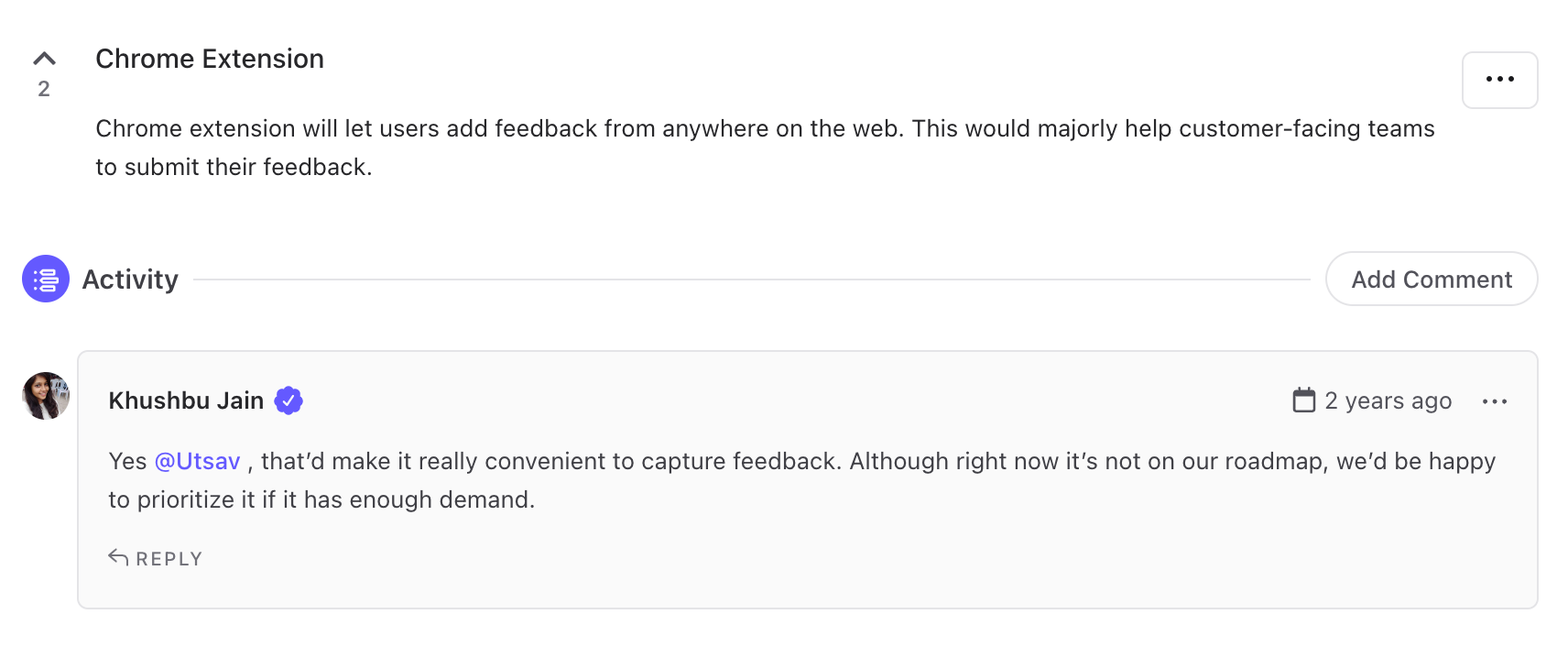
Example: Amazon uses customer feedback to understand what features and services customers like or dislike and understand customer needs.
Amazon is well-known for its customer-centered approach. Reviews and ratings are the core of Amazon's marketing strategy, helping to build trust among users and influencing purchasing decisions. Amazon also analyzes customer feedback to understand what features and services customers like or dislike and uses this to shape future strategies and understand customer needs and preferences.
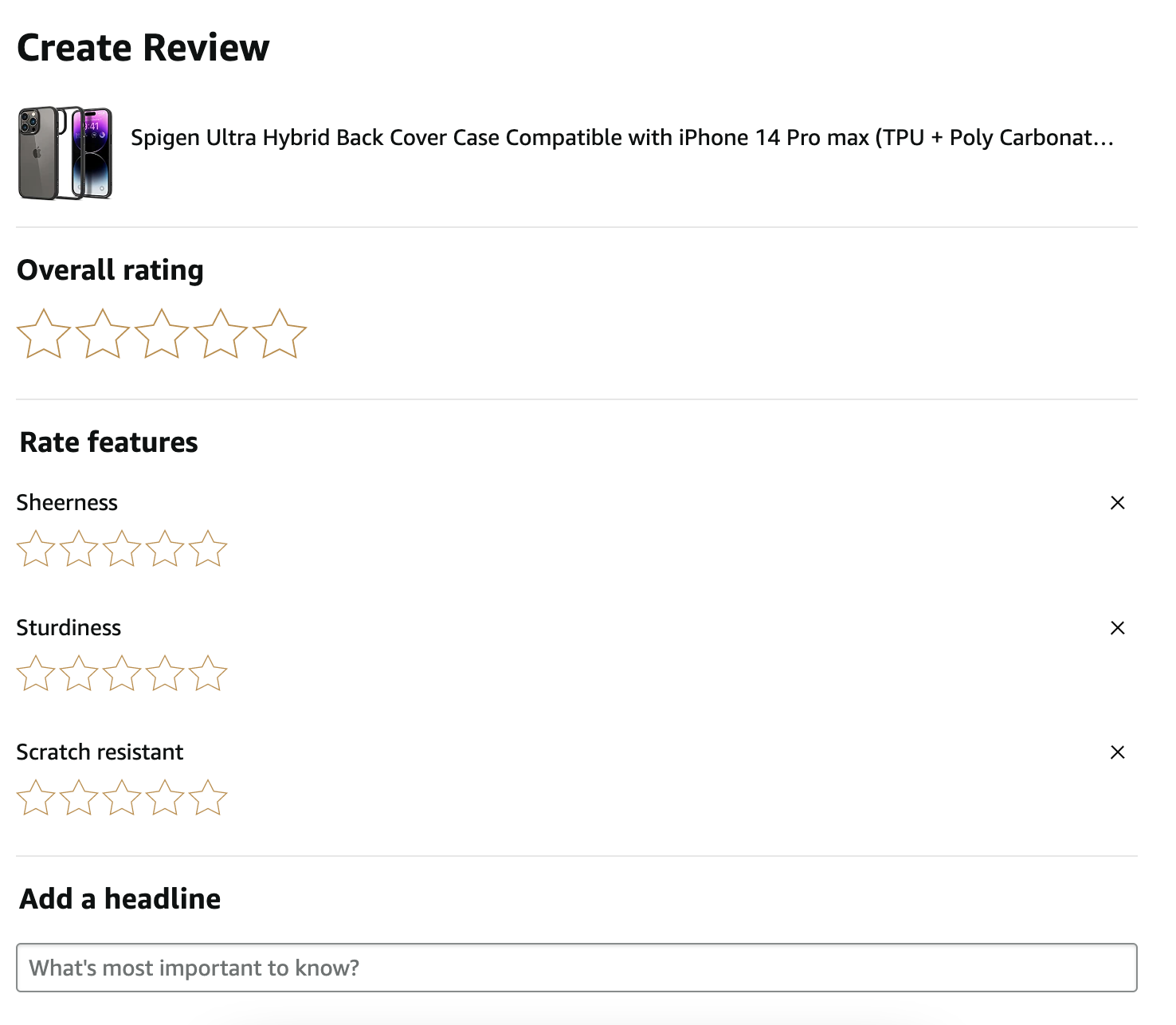
Improving Your Product with Constructive Feedback
Constructive feedback can help you identify areas of your product or service that need improvement. Customer feedback is an invaluable resource for continuously improving your products and services. Here's how it helps:
- Identifying problems and bugs, including functionality problems, usability issues, or feature developments.
- Prioritizing features or improvements that matter most to your customers.
- Developing new features and suggestions that customers who use your product or service regularly may provide suggestions for new features.
- Understanding expectations and improving customer experience by understanding how customers interact with your product allows you to align your offerings with these expectations.
- Enhance your product offerings and changes with customer feedback to get helpful insight into how those changes are perceived and whether they benefit your users.
- Testing new ideas and features before rolling out a new product or feature by beta testing it with a group of customers to validate features before a full-scale launch.
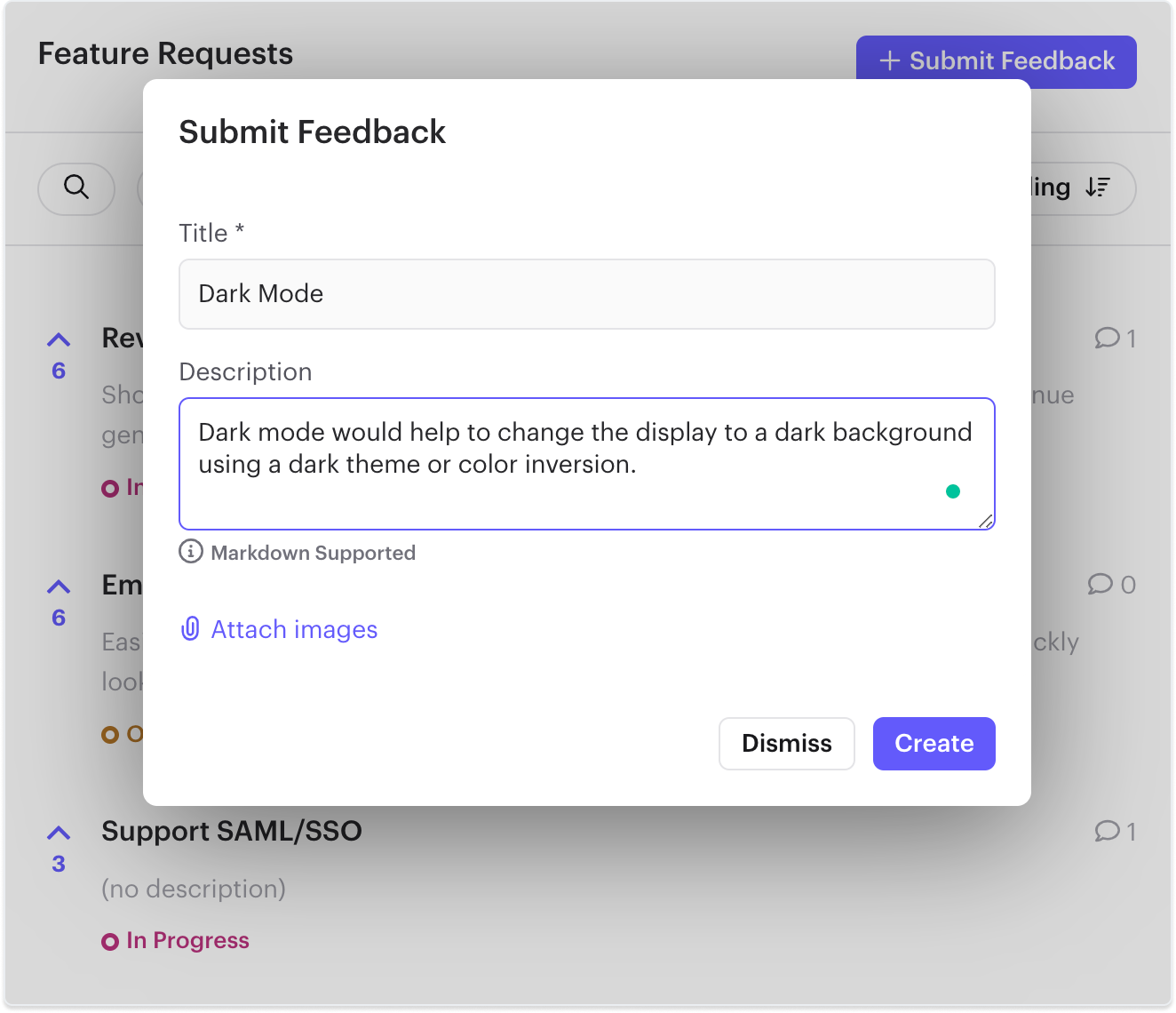
Example: Apple integrates customer feedback into its design and development process to improve its product.
Apple is known for its focus on customer feedback. They have a specific website section where users can submit their ideas about software, products, and services. The success of Apple products is largely due to the company's ability to integrate customer feedback into its design and development process.
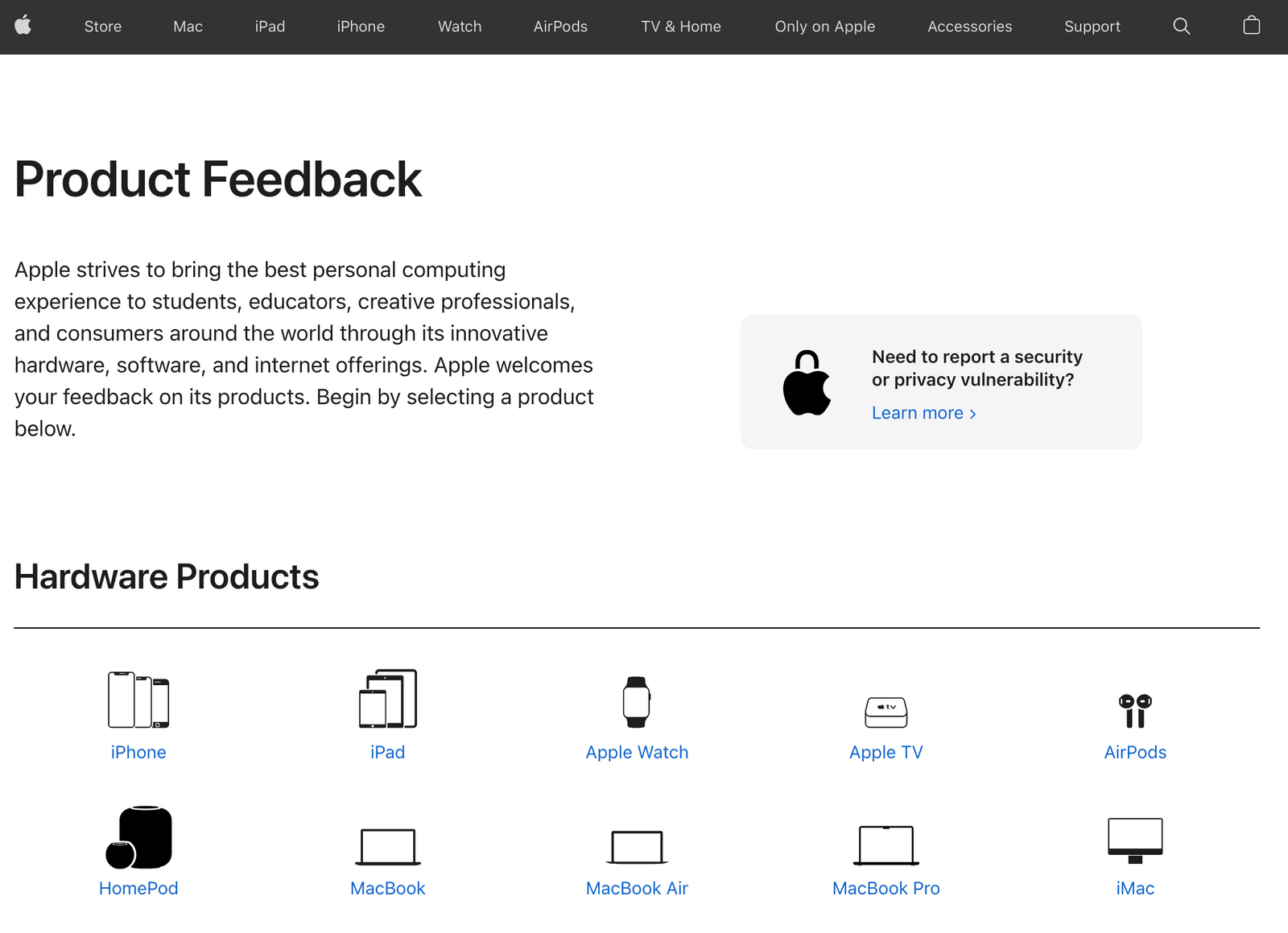
Refine Marketing Messaging with Customer Feedback
Customer feedback is a rich source of information that highlights what's working well in your marketing efforts and where improvements are needed. Here's how:
- User feedback helps identify unique selling propositions (USPs) that differentiate your product from competitors in your messaging.
- Customer feedback points out features and benefits to incorporate into product descriptions to make your product more appealing to potential customers.
- Positive feedback can be used as authentic testimonials, adding credibility to your product messaging. Real-life experiences and endorsements from satisfied customers can be particularly persuasive to potential buyers for increasing product adoption.
- By paying attention to the language your customers use in their feedback, you can better mirror it in your messaging to make it more familiar and relatable to your target audience.
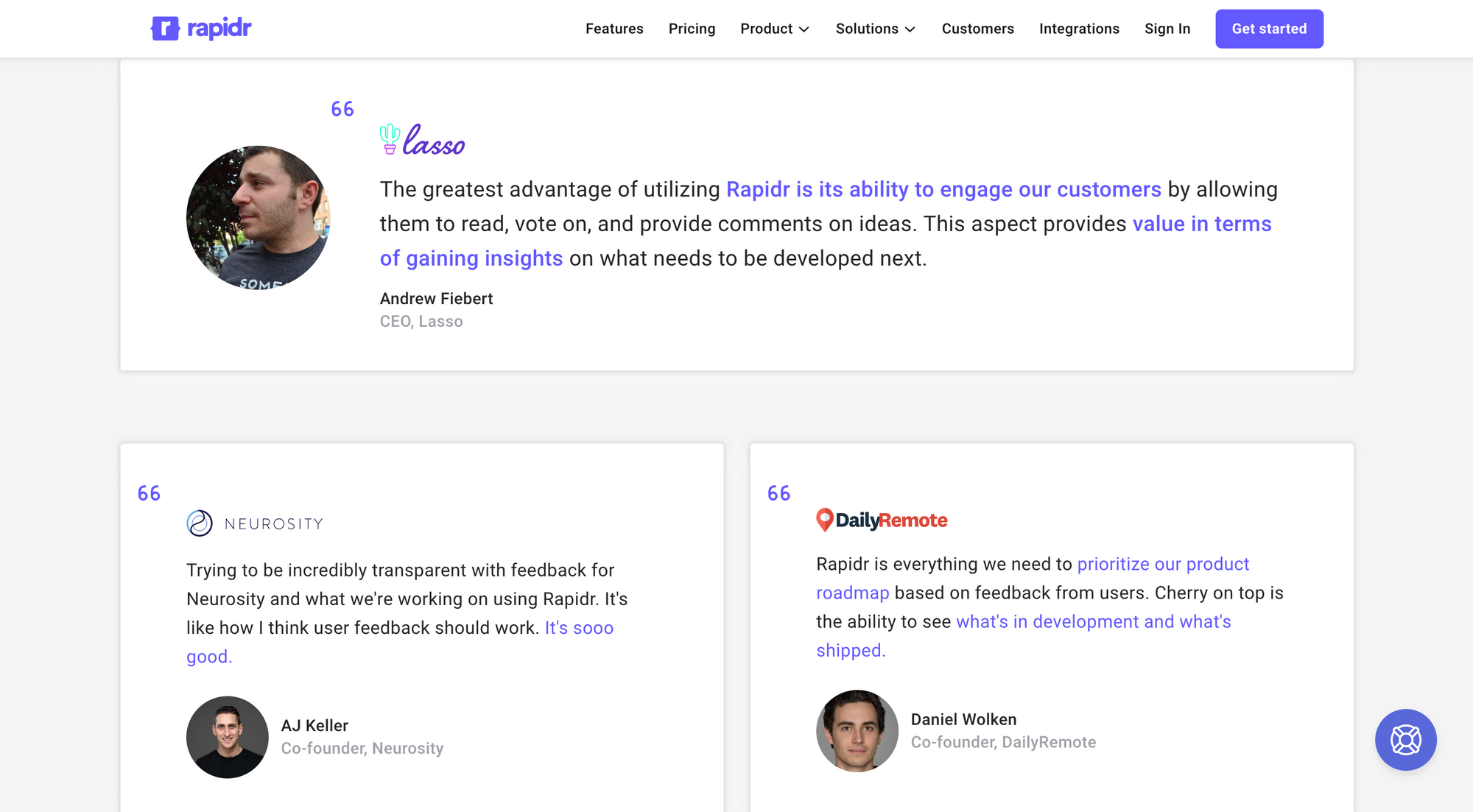
Example: Netflix uses customer feedback to personalize user experience and marketing messaging
Netflix uses real-time feedback to improve its service and develop new marketing strategies. They utilize viewing habits and ratings data to recommend shows and movies, making the user experience and messaging more personalized.
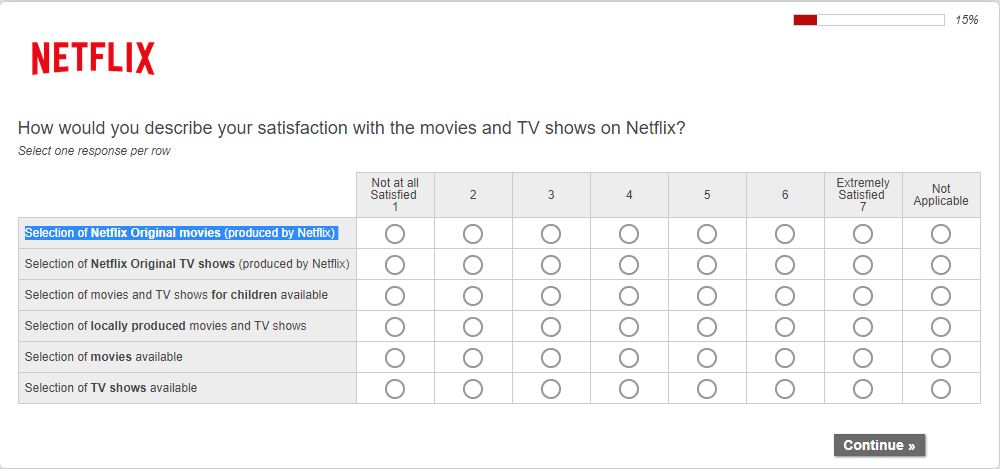
Incorporate Insights into Your Marketing Strategy
Customer feedback provides data that can help you segment your customers based on their preferences, purchase history, or behavior. This allows improving collaboration between product and marketing teams to create personalized marketing campaigns that are more likely to resonate with each user segment.
You can use customer feedback to test and validate new marketing campaigns on a smaller scale before a full rollout. This can help you refine the campaign for better results and create a focused customer feedback strategy for SaaS companies.
Example: Slack uses customer feedback to incorporate user insights with testimonials as word-of-mouth marketing.
Slack, the workplace messaging app, has used customer feedback as a central part of its marketing strategy. Early on, Slack gathered customer feedback and used their testimonials in various promotional materials. These testimonials served as powerful word-of-mouth marketing tools contributing significantly to Slack's rapid growth.

Enhancing Customer Experience by Addressing Complaints
Negative feedback is an opportunity to learn and improve. By addressing customer complaints and improving their experience, marketing and product operations teams can turn detractors into promoters, thus enhancing your brand image and making your marketing efforts more effective.
Customer feedback often contains information about individual preferences and behaviors, which can be used to personalize interactions and experiences, making customers feel more valued and understood.
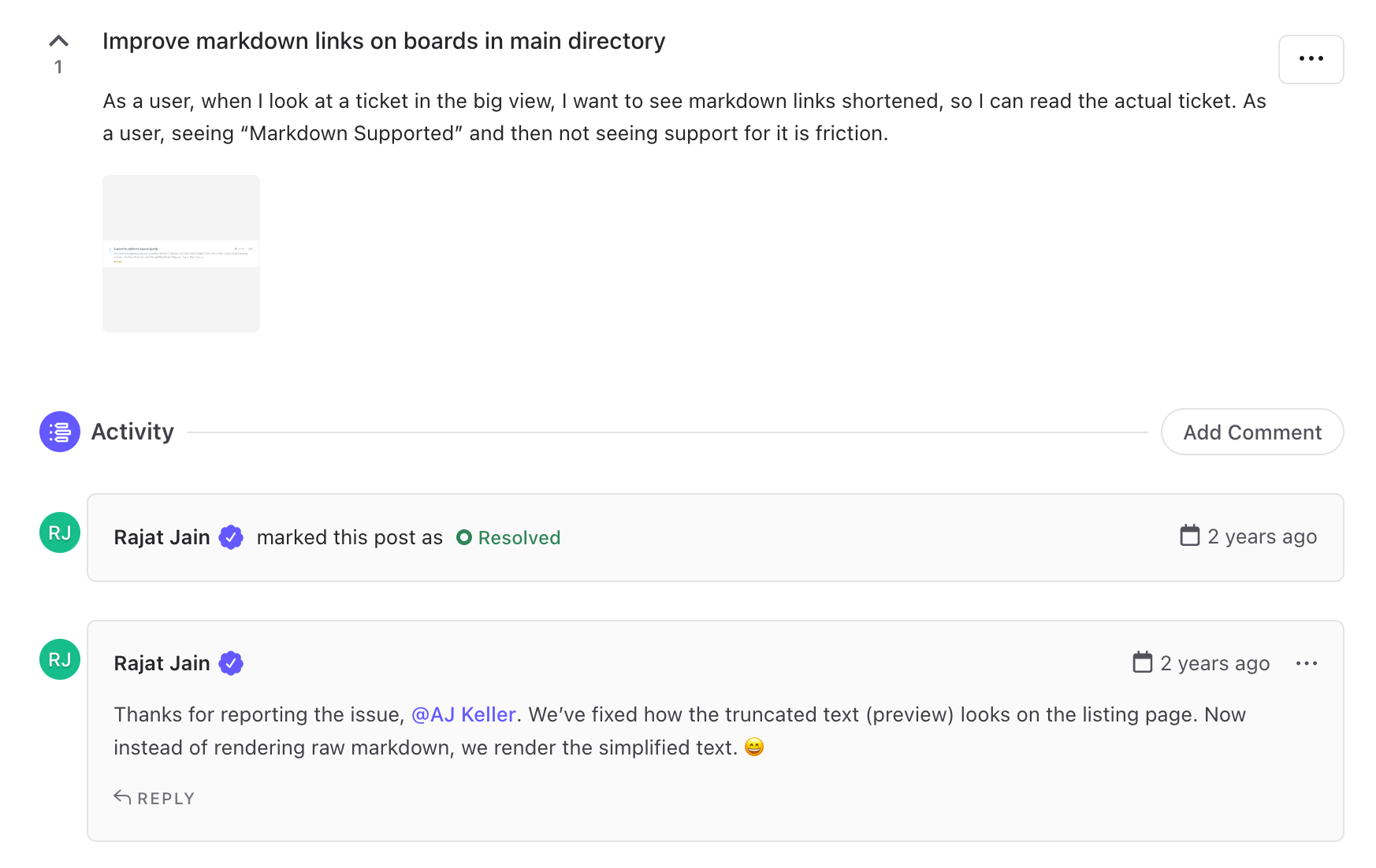
In research from Zendesk, 50% of customers said they would switch to a competitor after a bad experience. We all know that customer complaints are the most dreaded thing to handle. But, they are also an opportunity to create a loyal customer and build a customer-centric culture.
Remember, the key to leveraging customer feedback effectively is to listen, respond, and take appropriate action actively to close the feedback loop. Responding to feedback and updating customers about their feedback with public roadmaps and changelog shows customers that you value their input. This can increase customer satisfaction and loyalty, enhance your brand's reputation, improve customer retention, and promote positive word-of-mouth marketing.
Example: Airbnb uses customer feedback and ratings to enhance customer experience by addressing complaints with a 2-way feedback system.
Airbnb uses guest feedback to rate hosts, which affects how they appear in search results. Conversely, hosts can also rate guests, creating a two-way feedback system that encourages everyone to behave better. This has become a significant part of Airbnb's marketing strategy.
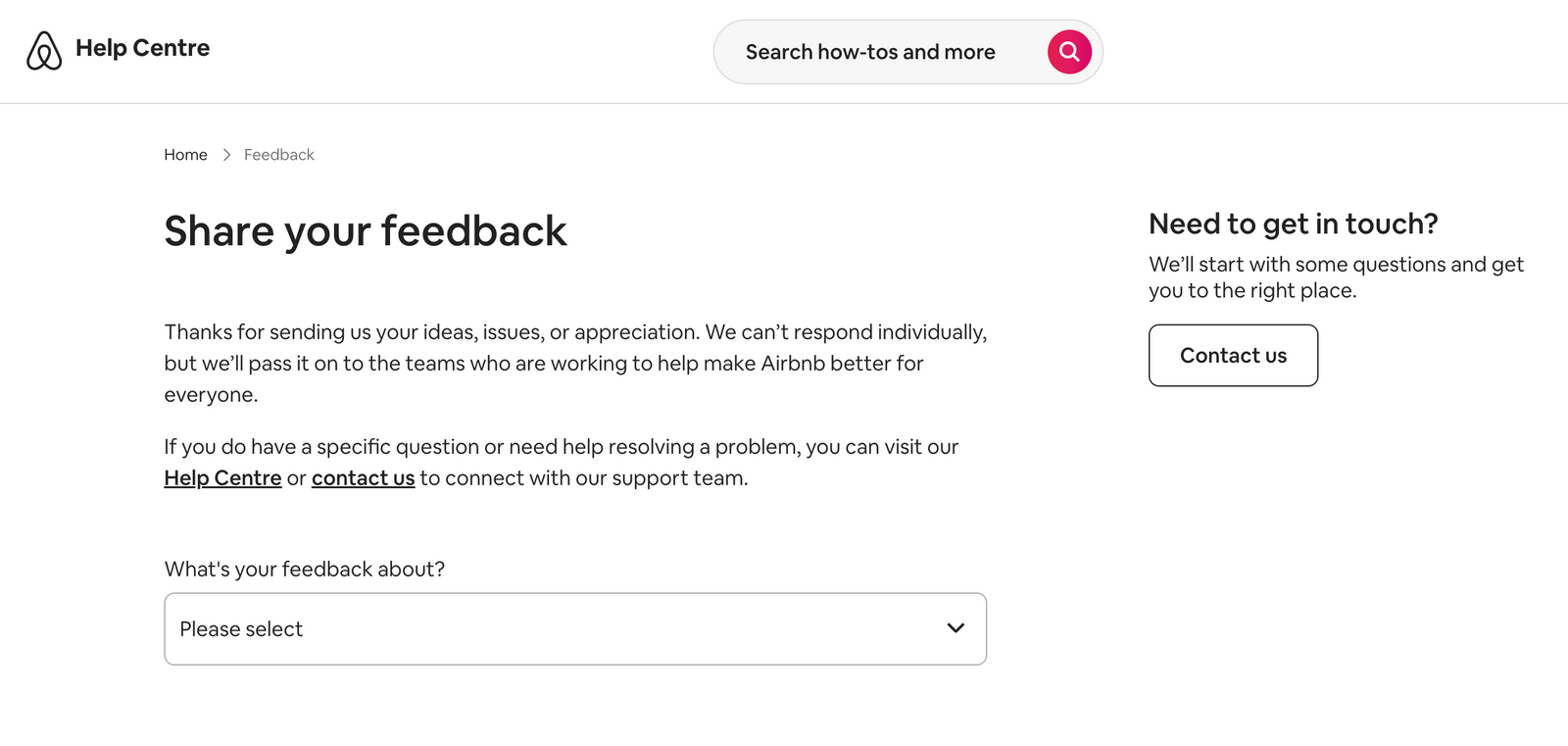
Identify Brand Advocates and Influencers
Happy customers who leave positive feedback can become advocates or influencers for your brand. Positive feedback can be turned into testimonials or case studies for marketing purposes. This not only shows off your product's benefits but also puts faces on the people who love your product, making the marketing message more powerful.
Customer feedback helps you identify and engage with individuals who can significantly enhance your brand's visibility and reputation. Remember to make it easy for customers to provide feedback, respect their time, and ensure you act on the feedback received to improve your product, service, or marketing strategies.
Example: Starbucks uses customer feedback to identify brand advocates and showcase its commitment to listening to its customers.
Starbucks launched the "My Starbucks Idea" platform to gather ideas from customers. Ideas ranged from new drinks to store improvements, and some were implemented, showcasing Starbucks' commitment to listening to its customers. They also frequently use customer feedback for their marketing strategies, showcasing customer testimonials and positive experiences to identify brand advocates.
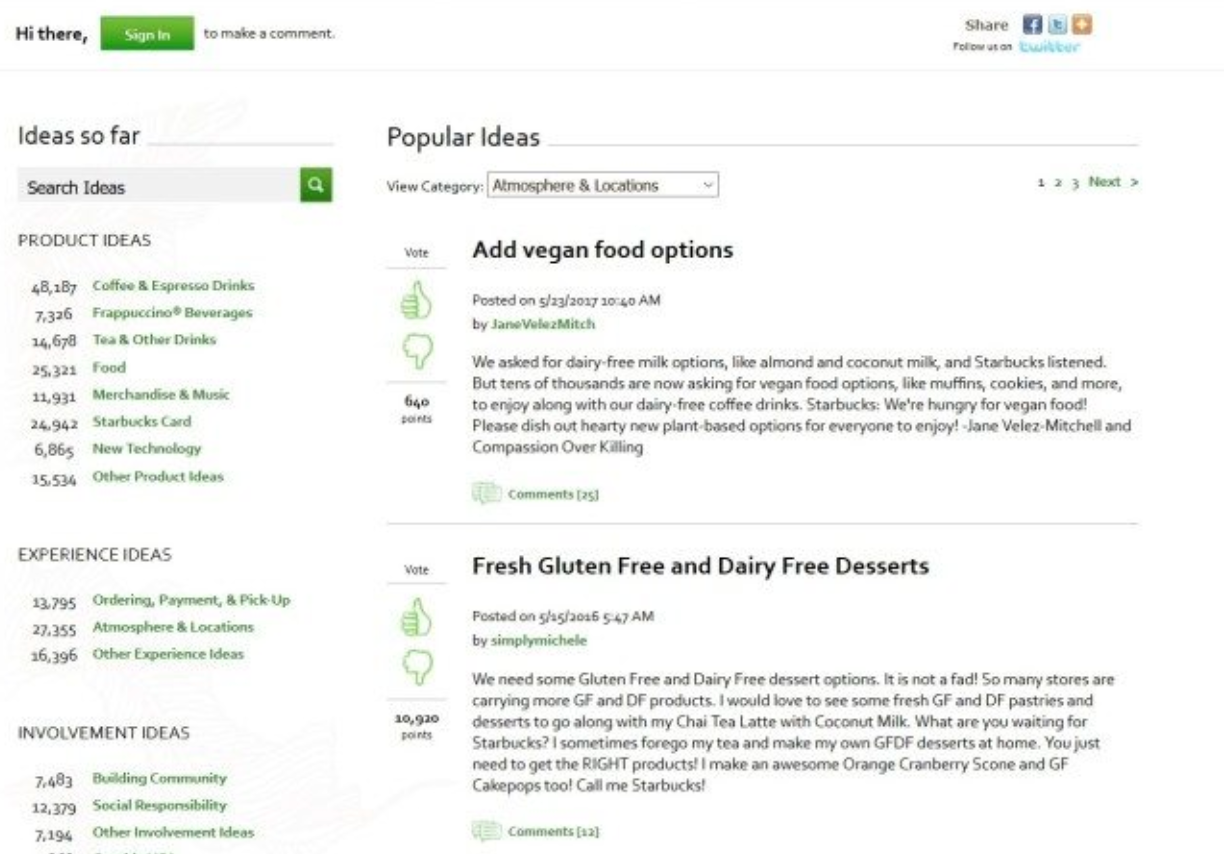
Validate Your Value Proposition
Customer feedback is crucial in validating your value proposition, essentially confirming that your product or service provides the unique value you claim it does, which is important for achieving product-market fit.
It tells you if your offerings meet customer needs, how your unique benefits compare to competitors, whether your pricing aligns with perceived value, and gauges overall customer satisfaction.
This direct insight from customers helps to ensure that your claimed value proposition aligns with actual customer experiences and perceptions and shapes your marketing message to ensure it aligns with actual customer experiences.
Influence Future Potential Customers and Buyers
Customer reviews and ratings significantly impact purchase decisions. By promoting positive feedback and addressing negative reviews, you can influence potential customers and increase conversions and sales.
Occasionally, feedback can reveal unexpected information about people who use your products or services, suggesting new markets you hadn't considered. For instance, a product initially designed for one audience may be enthusiastically adopted by another.
Example: LEGO uses customer feedback and ideas to produce customer-designed LEGO sets that attract new customers.
LEGO's Ideas platform is a brilliant use of customer feedback. Fans can submit their designs, and if they get enough support from the community, LEGO will consider producing them, influencing future customers and potential buyers. This has resulted in some hugely popular sets and showcases how LEGO values customer creativity and ideas. It is one of the top customer feedback examples of companies using customer feedback in marketing strategies
Utilize Customer Feedback to Strengthen Your Marketing Strategy
In conclusion, leveraging customer feedback is not just a beneficial practice but a crucial one for the success of any marketing strategy. It provides invaluable insights into customer preferences, behaviors, and expectations, allowing businesses to tailor their marketing efforts to meet the specific needs of their target audience.
By actively seeking, analyzing, and implementing customer feedback, businesses can enhance their product offerings, improve their communication strategies, and foster stronger relationships with their customers. It's a continuous cycle of learning and improvement that can lead to increased customer satisfaction, loyalty, and business growth.
As we move forward in an increasingly customer-centric business landscape, the importance of customer feedback in shaping effective marketing strategies cannot be overstated.
The bottom line is you need to treat feedback as an asset and leverage it to generate more revenue. Instead of feedback scattered across random spreadsheets, centralize it in one place and automate manual processes with customer feedback tools
While there are many customer feedback tools to help you capture, organize, and prioritize feedback, you should consider the one that enables you to uncover the insights from the feedback without jumping through hoops.
Rapidr helps SaaS companies be more customer-centric by consolidating feedback across different apps, prioritizing requests, having a discourse with customers, and closing the feedback loop. Sign up for Rapidr and start improving your marketing strategy to drive sales.

